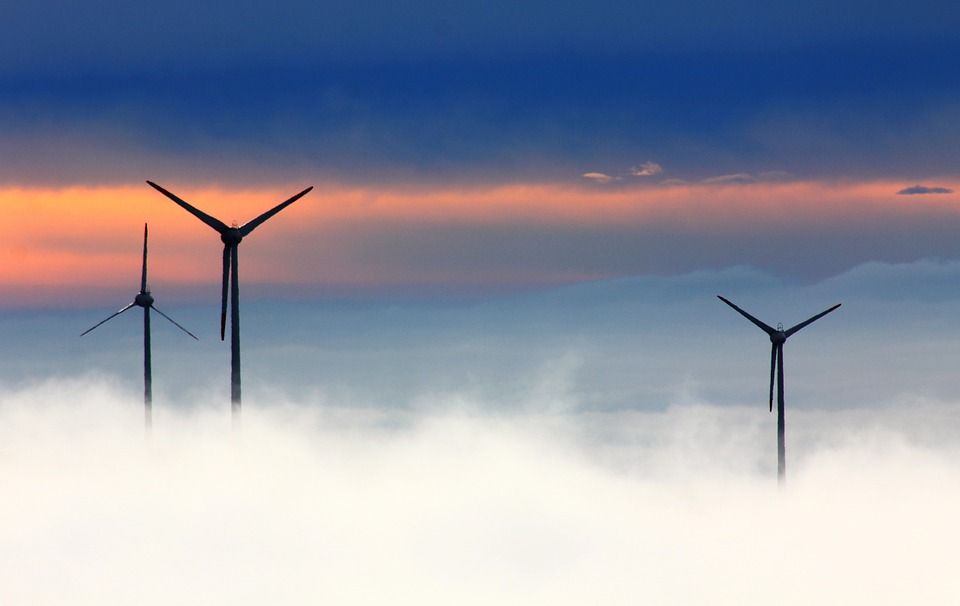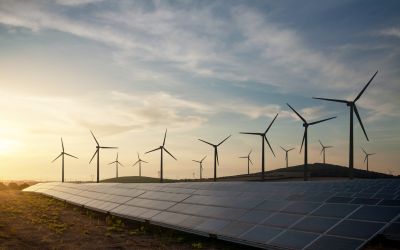Renewables to produce 85% of global electricity needs by 2050
On Monday, Dutch quality assurance and risk management company DVL GL published its Energy Transition Outlook 2017 report and predicted that by 2050, 85 per cent of global electricity needs and 44 percent of total energy needs will be met by renewables.

On Monday, Dutch quality assurance and risk management company DVL GL published its Energy Transition Outlook 2017 report and predicted that by 2050, 85 per cent of global electricity needs and 44 percent of total energy needs will be met by renewables.
The report only considered energy produced by solar PVs, onshore and offshore wind and hydro power plants.
Final energy demand is expected to be 430 exajoules in 2050, compared to 400 exajoules in 2015.
The slight increase is expected to take place before 2030, when demand will start flattening.
The slowing down of the demand growth is expected due to decelerating population and productivity growth, energy efficiency measures, and due to increased electrification especially in the heating and transport sectors.
Thus, electricity consumption is projected to increase by 140 per cent becoming the largest energy carrier.
Remi Eriksen, CEO of DNV GL. commented: “The profound change set out in our report has significant implications for both established and new energy companies”.
He added: “Ultimately, it will be a willingness to innovate and a capability to move at speed that will determine who is able to remain competitive in this dramatically altered energy landscape”.
According to the report, coal consumption has already peaked, and peak-oil is expected to happen from 2020 to 2028, when it will start decreasing.
Gas is on track to becoming the biggest energy source by 2034.
In the renewable energy market, solar PV and wind power will lead the sector growth benefiting from the ‘learning curve’ effect; hydro will keep being a key energy source.
Costs for solar PV and wind energy are expected to reduce by 18 per cent and 16 per cent respectively.
Electric Vehicles are to achieve cost parity with internal combustion vehicles by 2022, and by 2033 50 percent of new light vehicle sales will be electric cars.
However, although CO2 emissions are expected to fall by half of today’s level, global temperatures are set to increase by 2.5 degrees Celsius- not meeting the Paris Agreement goal of global warming to be well below 2 degrees.
Eriksen commented: "This should be a wake-up call to governments and decision-makers within the energy industry”.
“The industry has taken bold steps before, but now needs to take even bigger strides”.
You can download the complete Energy Transition Outlook 2017 report here.






